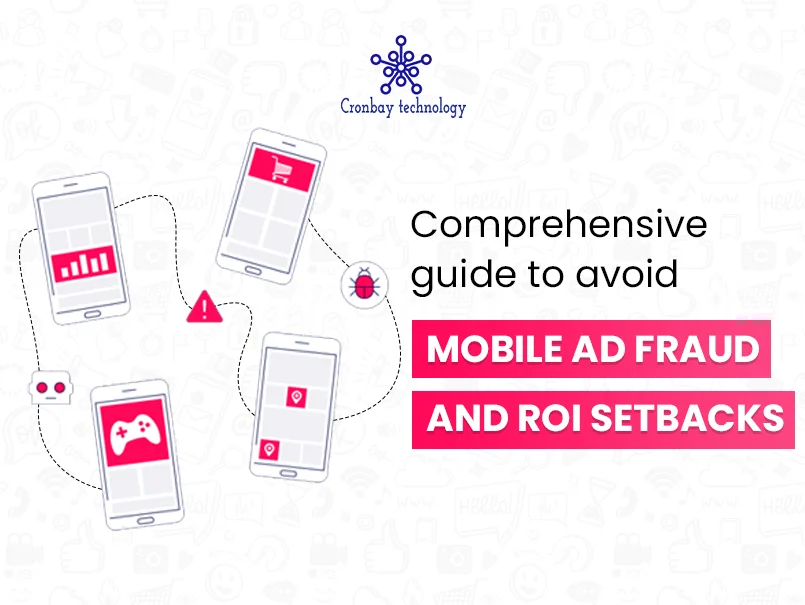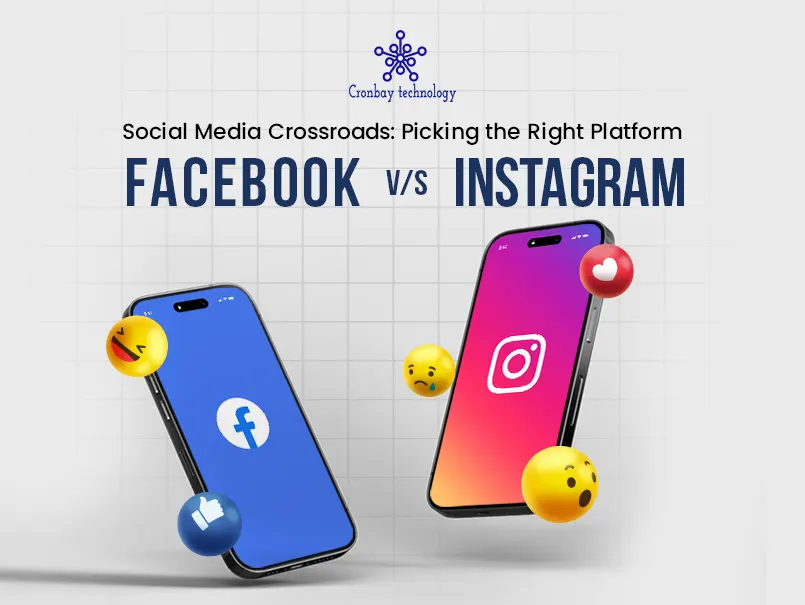Criminals utilize a number of tactics to attack systems that distribute or assess the ROI on advertising through mobile devices. An advertiser's method of measurement nearly invariably includes a payment mechanism for the advertiser. Furthermore, they now appear in various forms and with large budgets. Because of this, thieves may take advantage of these systems and steal advertising dollars for themselves.
It is most common for publishers to engage in ad fraud, although it may also be committed by individuals or organizations ( fraudsters). Advertisers, agencies, and end-users are all targets of these nefarious acts. Fake mobile app installations generated $2.3 billion in mobile ad fraud losses in the first half of 2019.
For marketers, the impact of mobile ad fraud ripples down to every part of their marketing operations, resulting in wasted expenditures, contaminated data, and depleted resources.
Common types of Mobile Ad fraud
Mobile ad fraud may be broken down into six distinct categories:
- Click injection
One of the most common forms of mobile ad fraud is click injection. Malware is installed on users' computers to generate phoney clicks on advertisements and compensate advertisers for these clicks. Malicious applications that are downloaded by consumers end up on their devices carrying the infection. Ad requests and ad clicks are generated without the user's awareness by these programmes, which operate in the background. It's more common on Android smartphones than on other platforms.
- SDK Spoofing
Sophisticated fraudsters are listening in on the essential communication between the MMP (Mobile Measurement Platform) or attribution tool and ad networks and application stores, which is an advanced kind of mobile app fraud. In order to reproduce and change any desired action, these key communication signals are copied and then modified. Fraudulent clicks, installations, as well as in-app activities are then hacked into the MMP.
- Click Spamming
A kind of mobile fraud in which the source continues to transmit clicks in the hope that one of these clicks would turn out to be the last one, which will then be counted by the system as the initiator of a mobile app install. This leads to an incorrect install attribution since the source incorrectly takes credit for installations that originated on other platforms. If an app receives consistent organic traffic, committing such fraud becomes an extremely effective strategy.
- Bots and Emulators
Using bots and emulators to do any sort of mobile ad fraud is possible. An emulator is a piece of software that may be executed on any device in order to host any other sort of device and perform its functions. In order to falsify attribution and manufacture users to claim advertising credits, emulators may impersonate any device and make it seem to be a smartphone, as well as install fraudulent applications without utilizing actual devices. A bot is an automated software that performs and repeats any task via the internet at a high frequency and considerably quicker than human users. Bots are online robots. Mobile ad fraud may be carried out using bots that are programmed to do so.
- Restricted traffic
Many times, advertisers place limits on the sorts of traffic that may be employed. Examples of this include sponsored content and traffic incentives. However, platforms have the ability to continue promotions while being in violation of the advertising directive, in the hope that advertisers would never find out.
How can you prevent ROI setbacks?
You can secure a favourable return on investment virtually every time by following these seven procedures.
- Begin with the monetary value of the company
Do not begin with a need for learning or behaviour modification. Let's start with a business necessity, which may be found in the company's records as impact measurement.
- Determine which option is the best
Check to see whether the talent development solution has an effect on the impact metric. Occasionally, the erroneous solution gets implemented, or at the very least, the least ideal option. The program's return on investment will be negative if such is the case.
- Have faith in your ability to succeed
The ultimate success of the program should be defined as the business effect, and targets for the response, learning, application, and impact should be established. Provide these goals to all stakeholders, including participants.
- Make sure the correct individuals are participating
If 20 per cent or more of your participants cannot put the skills they learned into practice, this might harm the program's ROI.
- Design for the impact and ROI
Design and development teams are given the application and impact goals so they may utilize them to create tools, templates, and procedures that have a positive business effect. The purpose of facilitators is to have a good influence on their students. Participants' supervisors have a big say in how their ideas are put into action and what kind of effect they have. The most important thing is to ensure that the group has the necessary impact.
- Be on the lookout for the first signals of dissatisfaction
When the participants don't recognize the benefit or there is no meaningful learning achieved via the process, there are frequently early response signals. There may need to be a change to ensure the training has an effect if the participants are not applying what they have learned promptly.
- Examine the program's expenses
The return on investment (ROI) of increasingly expensive initiatives will need a greater focus on the outcomes. If virtual reality is to have a good return on investment (ROI), it must provide more learning that leads to greater application and effect. No, we're not saying that a more costly program will have a greater return on investment than one that is less expensive. The most important thing is to avoid wasting money on things you don't really need.
How to prevent Mobile Ad fraud?
Here are some of the ways listed which can help you to prevent mobile fraud-
- Trustworthiness of a partner
Don't provide your goods or service to partners or publications that don't have a strong reputation in their sector. You can tell a reputable third-party publisher or supplier from a phoney one using the ad verification tools provided above.
- On social media, you may target a specific demographic.
If you're familiar with Facebook Ads Manager, you'll understand this. Mobile ad fraud may be avoided by limiting your target audience to a small number of social media platforms. Custom, "Look-Alike," and "Saved" are the three types of Facebook target audiences you may choose from when creating a campaign. By picking one of these choices, you restrict the amount of phoney or false visitors your ad will get.
- Keep track of and prevent the use of specific Internet Protocol (IP) addresses and sub-publishers,
To avoid being a victim of fraudulent activities, keep an eye out for specific IP addresses making unlawful efforts to do so. Enterprises often use static IP addresses since they help provide accurate reporting. Try to get rid of any problematic IPs you find in these reports as soon as feasible. Although many publishers have been defrauded by ad fraud, credible ad networks are using ad fraud prevention techniques to clean up their networks. This is something to keep in mind.
- If anything doesn't seem to be accurate, it probably isn't
It's always best to be wary of ads for inventory that look too good to be true. A scammer is likely attempting to fool you by utilizing a well-known brand's name in an ad to trick you into buying their products at rock-bottom pricing. You can go a long way by showing some doubt.
Final Thoughts
You need to know whether you're a victim of Mobile Ad Fraud because of these indications and their effects. It's not a good idea to handle fraud protection statistics on your own since this may lead to errors, as specific mobile ad fraud is difficult to see with the human eye.
In the end, when it comes to dealing with any kind of fraud, it is essential for all parties involved to collaborate in order to keep the digital environment as secure as possible. Information sharing and collaborative problem-solving are two of the most important aspects of the ongoing battle against emerging types of advertising fraud. If you are looking for the guidance and help of professionals, click here to book your appointment.
Frequently Asked Questions
Q1. What are the tactics used by online scammers?
Ans. User information, such as login credentials, may be used to steal additional data or money when the criminal sends the user an email or message with the intention of deceiving them into supplying the information. The emails are made to seem as though they are from a reputable institution, such as a bank or other financial institution.
Q2. Is it possible to receive a virus from a pop-up advertisement?
Ans. If you click on an infected ad or visit a website that hosts a damaged ad, you might be infected with malware. Drive-by downloads, the second sort of malware assault, are particularly worrisome. Once an infected ad has finished loading, your mobile will be infected.





